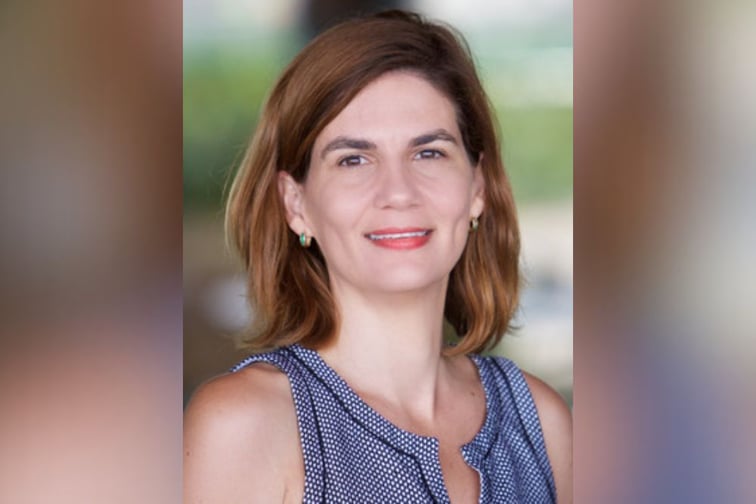

One of the advantages for an insurance company that offers short-term rather than annual coverages is how quickly they can adapt coverages and claims processes according to lessons learned from claims data. Sofia Lemaitre (pictured above), is head of insurance innovation for Flip Insurance. Her firm offers short-term, on-demand, pay-as-you-go accidental injury insurance.
Lemaitre is a panellist at the Insurance Business Innovation Summit in Sydney on May 11. Her panel topic is “Driving innovation to gain a competitive advantage.” The lessons her company is gleaning from claims data and how people react and interact with the product, could also offer insights for big insurers offering longer-term policies.
“There are a number of learnings we take away from our data insights and consumer testing,” Lemaitre said. One of those insights, she said, involves finding ways of overcoming the financial literacy challenges around educating people on the benefits of insurance.
“You're not just selling your product, you're selling insurance as a concept,” Lemaitre said. “It’s not just the type of insurance product that we need to promote, we equally need to build customer trust and grow brand awareness.”
One way of helping to build customer trust, she suggested, is designing a product that's user-friendly and accessible. Lemaitre said her firm has tried to do that.
“For example, you can buy the insurance on the day of your activity,” she said. “So when you’re going up the ski slope or the ski lift, you can purchase your insurance on the go, which is a great customer experience.”
The claims side of injury coverages, she said, involves careful due diligence.
“We always do our due diligence of determining if a person got injured after they purchased insurance to ensure all claims are legitimate,” Lemaitre said.
She said this was always a consideration given her firm’s business model and said the learning process from this incoming claims data is “informing our future product changes.”
The claims verification process, she said, yields considerable amounts of useful information.
“We verify a claim with the evidence that people have available,” Lemaitre said. “Some types of evidence are less useful than others.”
For example, she said, an imaging report with an X-ray that has the claimant’s details is “very concrete evidence.” In contrast, evidence of a claimant’s appointment with a GP to report an injury “is much harder for us to verify,” she said.
Lemaitre said her company is also informing its future product changes by closely analysing the types of interactions people have with the health system and any solid evidence from those interactions.
Insurance Business asked Lemaitre how Flip goes about verifying that a customer making an injury claim actually bought the insurance before they had their accident.
“That’s certainly not a simple thing to verify,” she said. “We look at trends more than individual claims.”
Lemaitre said they compare “review purchase data” with claims and look at how many people purchase the insurance on the same day versus people that are purchasing it in advance.
“Then ask questions such as, how do the likelihoods of claiming compare?” she said.
“In that sense we're taking a more statistical approach to our claims processing, but we also feel it’s important to trust our customers' intentions,” Lemaitre said.
She said some customers have very clear evidence.
“For example, if you purchased your insurance the day before you went skiing and then you get injured on the day you're skiing, you have evidence that that's the day you had tickets for the lifts,” Lemaitresaid. “That type of evidence is easy to present.”
Another example of clear evidence, she said, is when insurance is purchased in advance because of the customer’s participation in an event like a marathon or a cycling competition.
“This is very easy to verify because you would see the sequence of events in the evidence very quickly,” Lemaitre said.
She said random events are “much trickier to verify” and present a greater chance of a fraudulent claim.
Lemaitre said one side of the claims process where her firm sees “a lot of potential” for refinements is around the reminders and prompts a customer receives to warn them about insurance fraud.
She said during the claims journey and when people submit a claim they do get reminders that insurance fraud is a crime. However, Lemaitre expects data analytics, AI, or another technology solution to start bringing improvements in this area.
“It’s early days, so watch this space,” she said.
However, Lemaitre said that whatever improvements are made, the reality is that some people are still going to attempt to make a fraudulent claim.
IB’s Innovation Summit is taking place on May 11 at the Fullerton Hotel in Sydney. You can register for the event here. The event partner is AAMC, one of Australia’s largest providers of motor accident management services. Sponsors include Endava, Hello Claims and Alteryx.
